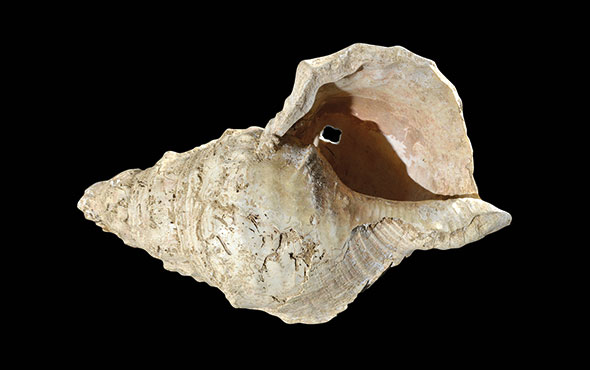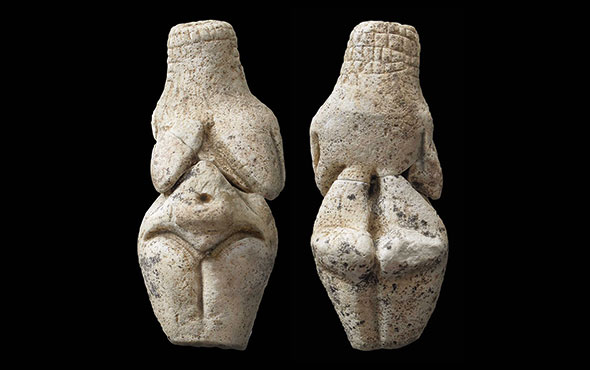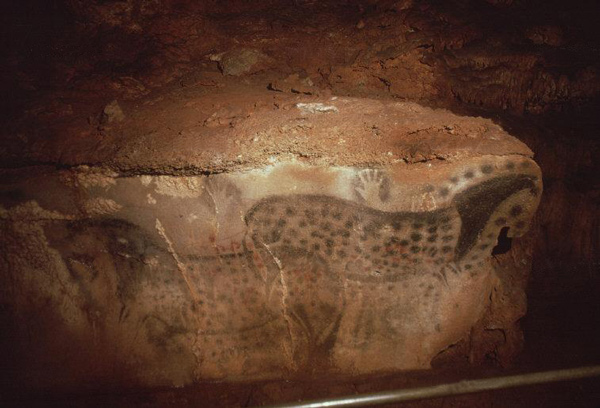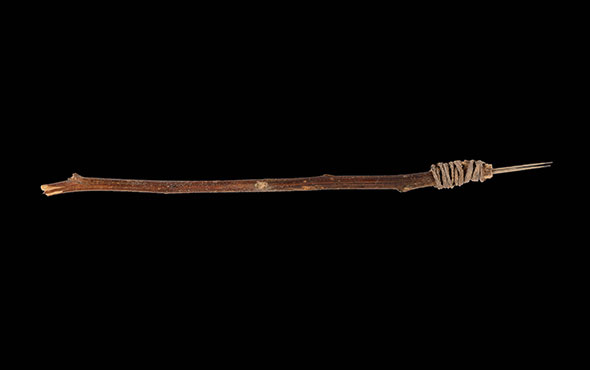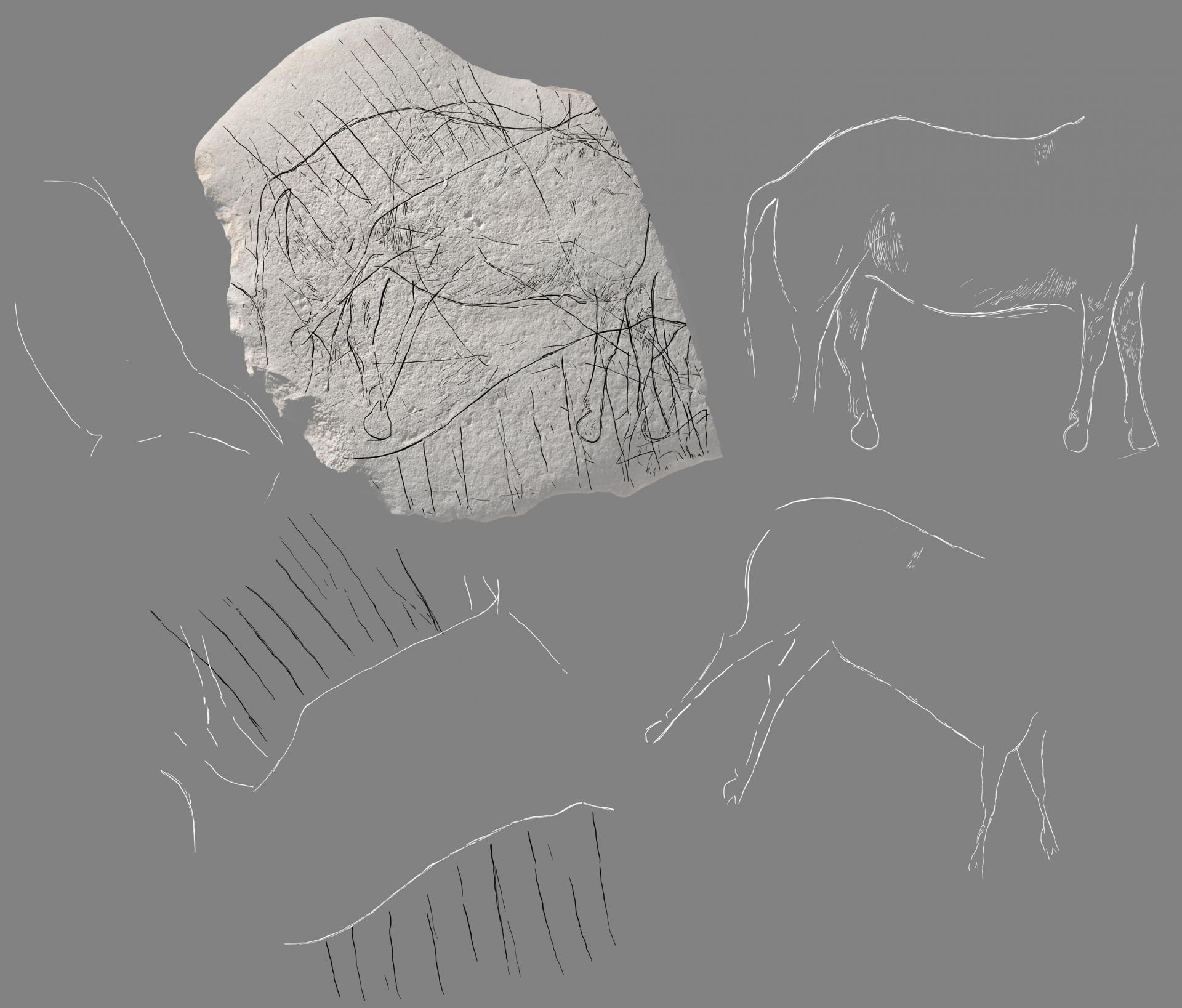
ANGOULÊME, FRANCE—BBC News reports that a piece of sandstone thought to have been engraved with images of animals and geometric motifs some 12,000 years ago has been discovered at a hunting site in southwestern France. The stone, which measures about ten inches long, seven inches wide, and one inch thick, was inscribed on both sides, according to researchers from France’s National Archaeological Research Institute. A picture of a headless horse with realistic hooves covers at least half of one side of the stone. A second drawing is also thought to represent a horse, while a third animal, which also has distinct hooves, is thought to depict a deer. Fireplaces, pebbles that had been heated, animal bones, and worked flint were also uncovered at the site. For other examples of Paleolithc artwork, go to "Late Paleolithic Masterpieces."



